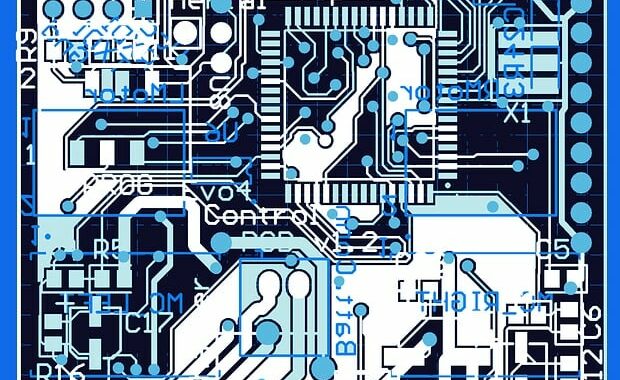Art, Activism, and the Role of Artificial Intelligence
by Patrick Wilson
Throughout history, art has played a powerful role in activism, raising awareness of social and political issues, inspiring movements, and challenging the status quo. With the advent of artificial intelligence (AI), art creation is becoming increasingly accessible, opening up new possibilities for activism and social change.
The Enduring Power of Art in Activism
Art has a unique ability to capture the human experience, evoke emotions, and provoke thought. It can transcend language and cultural barriers, making it a powerful tool for communicating complex ideas and reaching diverse audiences. From the protest songs of the civil rights movement to the street art of the Occupy Wall Street movement, art has been used to challenge injustice, inspire hope, and galvanize action.
The Role of Art Forms in Activism
Numerous art forms have been effectively employed in activism, each with its own strengths and impact:
-
Music: Music’s ability to stir emotions and rally support makes it a powerful tool for activism. Songs like “We Shall Overcome” and “Imagine” have become anthems for social justice movements.
-
Visual Arts: Visual arts, such as painting, photography, and sculpture, can provide powerful visual representations of social and political issues. Paintings like Picasso’s “Guernica” and photographs like Dorothea Lange’s “Migrant Mother” have become iconic symbols of human suffering and resilience.
-
Literature: Literature, encompassing novels, poems, and plays, offers a platform for exploring complex social and political issues, providing nuanced perspectives and evoking empathy for marginalized groups. Works like Toni Morrison’s “Beloved” and George Orwell’s “Animal Farm” have challenged societal norms and sparked important conversations.
-
Theater: Theater’s immersive and interactive nature creates a powerful experience that can challenge viewers’ perspectives and inspire action. Plays like “The Vagina Monologues” and “Rent” have raised awareness of gender inequality and HIV/AIDS, respectively.
-
Film: Film’s ability to tell compelling stories and transport audiences to different worlds makes it a powerful tool for social commentary and activism. Films like “Schindler’s List” and “12 Angry Men” have challenged stereotypes and promoted tolerance.
AI Enhancing Art Accessibility for Activism
The advent of AI is revolutionizing the art world, making art creation more accessible and empowering more individuals to engage in activism through art. AI-powered tools are democratizing art creation, enabling individuals with limited artistic experience to create meaningful and impactful artwork.
-
AI-Powered Art Creation Tools: Tools like Artbreeder, Dream by WOMBO, and GauGAN2 allow users to create art with minimal technical expertise, facilitating the use of art for activism.
-
AI-Powered Art Education Tools: AI-powered tools like Google Arts & Culture’s Art Palette and the Creativity Lab provide accessible art education, enabling individuals to learn about art forms, techniques, and styles, empowering them to create their own activist art.
-
AI-Powered Art Communities: Online communities powered by AI, such as Artbreeder’s community forum and Dream by WOMBO’s social media platform, provide spaces for artists to share their work, receive feedback, and collaborate on activist art projects.
-
More Affordable Art Supplies and Tools: AI is also contributing to the affordability of art supplies and tools, making it easier for individuals to engage in art creation for activism. For instance, advancements in 3D printing technology have made 3D printers more accessible, enabling individuals to create sculptures and other art pieces for activism.
-
Increased Access to Art Education: AI-powered online art courses and tutorials are expanding access to art education, enabling individuals worldwide to learn about art and engage in art creation for activism.
AI’s Potential to Revolutionize Activism Through Art
AI has the potential to further revolutionize the role of art in activism. AI-powered tools could be used to create personalized art experiences, tailoring art pieces to specific activism campaigns or individual activist messages. AI could also facilitate interactive art installations that respond to user interactions, creating immersive and engaging experiences that promote activism.
Art has long been a powerful tool for social change, and the advent of AI is further amplifying this power. AI is making art creation more accessible and empowering more individuals to engage in activism through art. As AI continues to develop, it is likely to play an even greater role in the future of art and activism, fostering a more engaged and impactful global movement for social justice.
** This piece was created with the help of ai.
